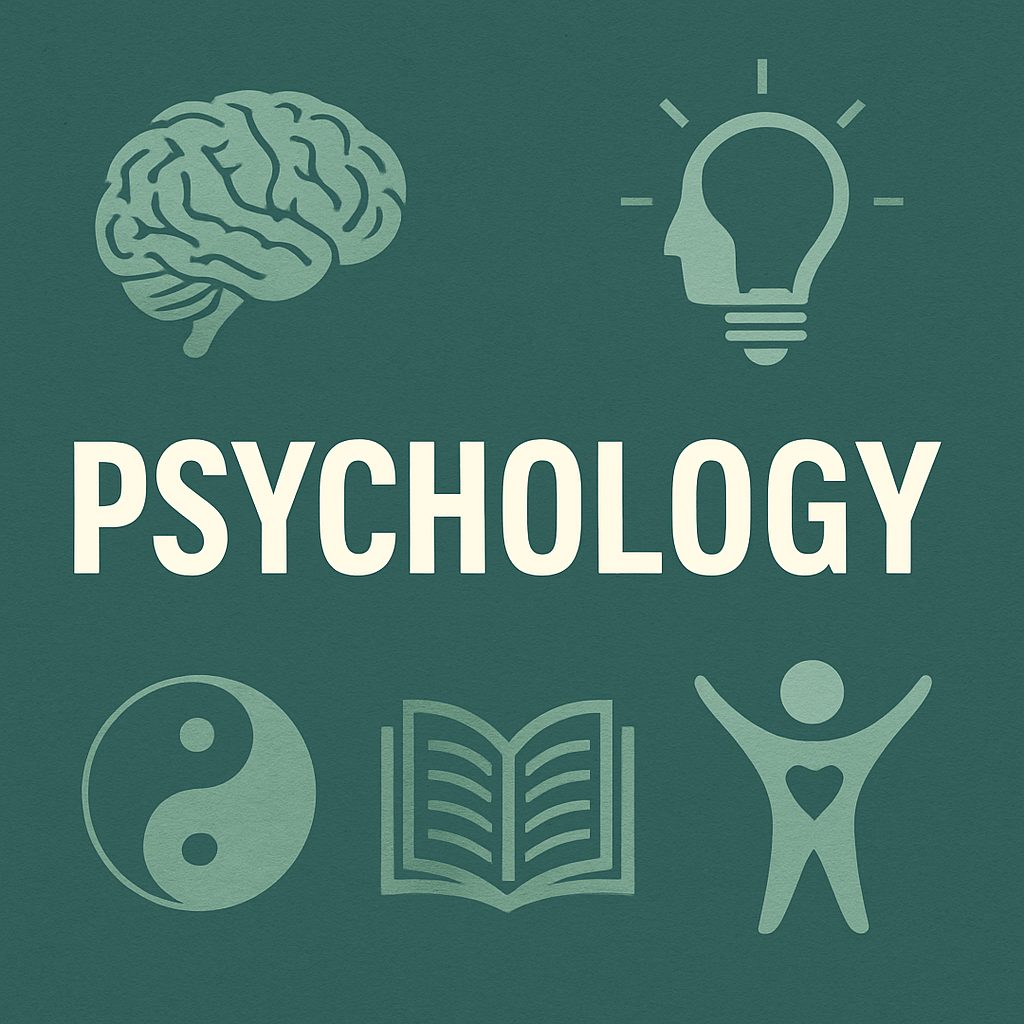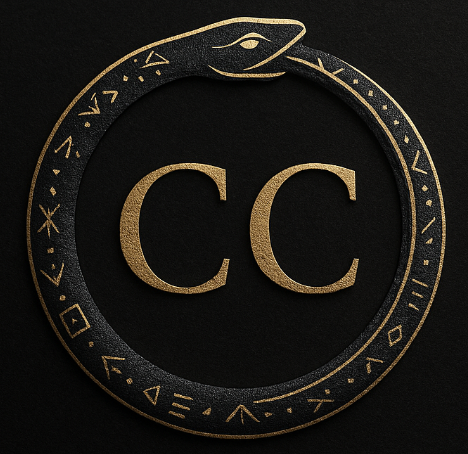I competed in Odyssey of the Mind for nine years as a kid. It shaped my creative life, my love of problem-solving, and probably a good chunk of who I am. Now, more than ten years into coaching OM teams, I’ve had the joy (and sometimes chaos!) of seeing it all from the other side. These days, I’m also a parent to three kids with ADHD—each one with a uniquely wired brain, brilliant in their own right, and all of them have thrived through this incredible program.
There’s something special about Odyssey of the Mind. If you know, you know. It’s not just an extracurricular. It’s an adventure. And for kids with ADHD, it can be an absolute game-changer.
What Is Odyssey of the Mind?
In case you’re new to it: Odyssey of the Mind (OM) is an international creative problem-solving competition. Teams of students work together on two types of challenges:
- The Long-Term Problem: A months-long collaborative project where teams write scripts, build sets, invent gadgets, solve technical or mechanical puzzles, and create performances—all tied to a specific open-ended prompt.
- The Spontaneous Problem: A surprise, on-the-spot challenge given during competition day. It can be verbal, hands-on, or a mix of both.
It’s imaginative. It’s team-driven. It’s messy, delightful, and packed with learning. And it’s incredible for kids with ADHD—precisely because it meets them where they shine and nudges them toward growth in areas they struggle.
Spontaneous: The ADHD Brain in Its Natural Habitat
Let’s start with the Spontaneous competition.
This is ADHD paradise. Why?
Because ADHD brains are fast. They’re wired for novelty, thrive under time pressure, and can make creative connections on the fly that others might never consider. Spontaneous is like improv with a puzzle baked in. It rewards originality, quick thinking, verbal dexterity, and fluid intelligence—classic ADHD strengths.
For kids who are often told to “slow down” or “stick to the plan,” Spontaneous flips the script. Here, speed and creativity are superpowers, not liabilities.
Long-Term: Strengthening the Executive Muscle
Then there’s the Long-Term problem—months of planning, building, rehearsing, and problem-solving with a team.
This is where the real magic happens.
Long-Term forces ADHD kids to stretch their executive functioning skills: project management, task initiation, time estimation, follow-through, and delayed gratification. These are notoriously tough areas for ADHDers—but in OM, they’re practiced in an environment that’s creative, social, and deeply engaging. It’s not like homework. It’s their own story, their own ideas, their own weird and wonderful contraptions coming to life.
I’ve watched my kids (and many others) slowly learn how to break a huge creative vision into manageable pieces, how to keep working when they’re frustrated, and how to organize a literal pile of pool noodles, cardboard, glue guns, and duct tape into a functioning mechanical device.
(Okay, sometimes barely functioning. But hey—it worked!)
Teamwork: A Social and Emotional Laboratory
ADHD doesn’t just affect focus—it impacts emotional regulation, impulse control, and social dynamics too. OM is a perfect training ground for those skills.
On a team, kids have to:
- Listen to others’ ideas (even when they think theirs is better).
- Take turns, negotiate, and compromise.
- Deal with frustration when things don’t go as planned.
- Regulate emotions in high-stakes, fast-paced moments (like competition day).
It’s not always smooth. In fact, that’s the point. The team becomes a kind of sandbox for learning how to work with others—something ADHD kids sometimes find overwhelming in unstructured or high-pressure settings.
And when it all comes together? When the team pulls it off, solves the problem, and makes the judges laugh or gasp or clap?
There’s a kind of joy that’s hard to describe. A victory that’s more than just a medal. It’s a glimpse of what’s possible when kids feel seen, challenged, and celebrated for who they are.
My Takeaway: OM Is ADHD Gold
I’ve seen it again and again: ADHD kids who struggle in traditional settings come alive in Odyssey of the Mind.
It’s not because OM makes things easy. It’s because it makes things engaging. It channels wild creativity and fast thinking. It gently (and sometimes not-so-gently) pushes them to slow down, organize, collaborate, and follow through.
It plays to their gifts while helping them build skills—and that’s a formula every kid deserves.
A Final Thought
If you’re a parent, teacher, or coach with ADHD kids in your life, I can’t recommend Odyssey of the Mind enough. Whether they’re the out-of-the-box thinker, the builder, the actor, the wild idea machine, or the quiet detail-master—there’s a place for them here.
Because sometimes the best way to help a kid grow…
is to give them a problem no adult can solve.
And watch what they do with it.



